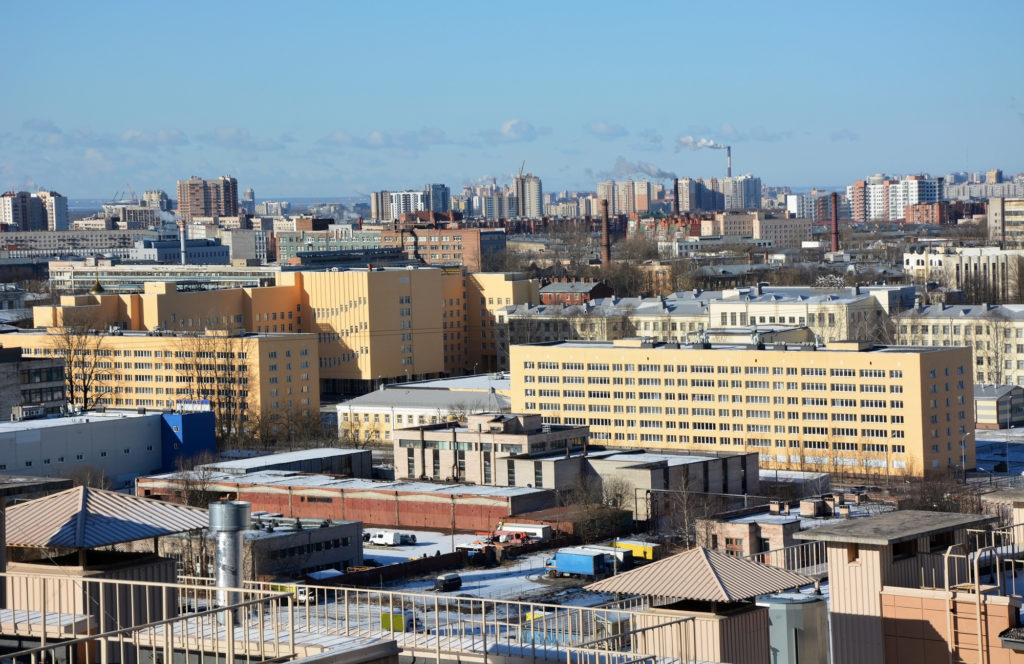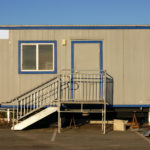
By 2021, the roofing systems market will be worth more than $157 billion USD.
As the world faces climate change and rising energy costs, your roof is becoming an even more essential aspect of your building. Knowing the different commercial roof types can help you plan for both extreme weather as well as saving money on your utility bills.
But what are the commercial roof types and which is right for your business? With options dependent on your budget as well as the physical attributes of your roof, there’s a lot to know.
Whether you’re repairing or replacing your commercial roof, keep reading to find out about your options.
What is Commercial Roofing?
Commercial roofing relates to the different roofing systems available to large buildings. These include factories, warehouses, apartment buildings, public structures, as well as schools and universities.
The goal of a commercial roof is to ensure that your building is waterproof. This protects your machinery, inventory, and offices from water damage that could have a negative impact on your ability to continue business as usual. Ensuring water-tightness also means you’re building is as energy efficient as possible.
In addition to the business owner, choosing a roof may involve architects as well as contractors. Whether it’s a new construction, a roof repair, or a roof replacement, these professionals can help you decide which roof is right for your building.
Commercial Roof Types
For commercial roofs, there are just as many options as there are configurations of buildings. Below, we’ve listed the major commercial roof types available to you.
Liquid Applied and Spray Foam
To create a liquid applied membrane roof, you use the following components:
- hot and cold polymer-modified asphalt
- single-component asphalt or coal tar-extended urethane
- two-component urethane elastomer
These roofing systems have a high degree of elasticity. They’re also self-flashing and, when used on a contoured surface, are easy to install. A liquid applied and spray foam roof is also watertight.
Thermoplastic Roofing
If you’re looking for a roof that’s UV-resistant, as well as resistant to ozone and chemical exposure, then thermoplastic roofing might be your answer.
This roofing system is extremely durable. It can withstand high temperatures from a fire as well and will also hold up against high winds. If you’re often on your roof or experience hail storms, the chances that it punctures are very low.
With a lifespan of over 20 years, your initial investment will go a long way.
Metal Roofing
Metal roofing is best used on a roof with a low slope. Typically, it’s used in commercial, institutional, and industrial buildings.
Most often, metal roofs are corrugated galvanized steel. They can also be in copper, aluminum, stainless steel, and tin.
Metal roofs have a long lifespan. They’re highly durable against the elements as well as heat resistant. They also allow for adequate water drainage.
Single Ply Membrane Systems
These low maintenance roofing systems are durable, flexible, and last for a long time. They’re subject to strict quality control and often come with a manufacturer’s warranty.
Single ply roofing systems are pre-fabricated, compounded sheets of synthetic materials. An example of a single ply roofing system is Ethylene Propylene Diene Monomer.
You can expect an EPDM roof to last longer than most other commercial roofing types. You can install, maintain, and repair them easily.
Photovoltaic Solar Panels
Solar power is on the rise and roofing systems aren’t exempt. PV solar panels offer a sustainable solution for roofing that can also save on energy costs.
Solar panels are installed over a rooftop rather than directly on it. They can also be installed using glass, membrane, and roof-mounted tiles.
Their main benefit is in the fact they convert sunlight to energy, which can then be used as power for your building. On the downside, the initial investment is steep and they’re not easy to fix when damage occurs. They also have a hard time holding up against the extreme weather.
Green Roofs
Going green is the new black. And, as implied by their name, green roofs offer another sustainable roofing system that helps our environments.
Green roofs are roofs that have been covered with plants and soil. Either the entire roof or just a portion of it has tray systems installed where plants and soil are placed. A roofing membrane is needed to maintain both integrity and water tightness.
Green roofs reduce the urban heat island effect. They’re fairly low maintenance once they’re installed and established. They also offer supreme insulation which helps save on energy costs.
Modified Roofing
Modified roofing is installed as a 2 or 3-ply system of modified layers of asphalt. The asphalt is fabricated with rubber or plastic to provide flexibility, strength, and durability.
Because these roofing systems are layered, they provide excellent protection against weather and fire. They’re also easy to install and maintain. Modified roofing is also one of the most cost-efficient options on this list.
Built-Up Roofing
Built-up roofing can be used depending on your’s roofs slope and configurations. Similar to modified roofing systems, built-up roofing uses layers to achieve water-tightness and durability.
Composed of asphalt and roofing felts, these systems are considered redundant. This means that when one layer fails, the layers beneath it provide protections. They’re highly resistant to heat and punctures as well as weather.
Things to Consider
When it comes to roofing systems, you should consider maintenance, whether you need to repair or replace, as well as warranties. We’ve detailed each below.
Maintenance
To get the longest lifespan out fo your roofing system, maintenance is essential. At least 1 time per year, you should hire a professional inspector to check your roof. If you experience any extreme weather, you should have your roof checked immediately.
Repair Versus Replace
Commercial roofs are not a DIY project. They require the help of a licensed contractor for either repairs or replacements.
When determining whether you need a repair or replacement, a contractor or inspector can help. They will consider any current damage as well as concerns related to your climate, building code, and energy requirements.
Based on these professional considerations, they can tell you whether you can get away with a simple repair or if you need a complete replacement. View here everything you need to know about a good roofing contractor.
Warranties
The industry standard for roofing systems is a 10-year limited warranty. A limited warranty typically covers defects in the membrane. But this varies from manufacturer to manufacturer.
You should also note that a good roofing contractor will give you a warranty on the work they do. This usually covers installation issues.
More Helpful Tips
Choosing from all the available commercial roof types is a daunting task. Whether you’re more interested in conserving energy or protecting your building from the elements, there’s a commercial roofing system that’s right for you.
Consider hiring the help of a professional to determine what fits your budget and maintenance plan, as well as what type of roof works for your slope, pitch, and other configurations.
And for more helpful advice and tips, check out our blog.

